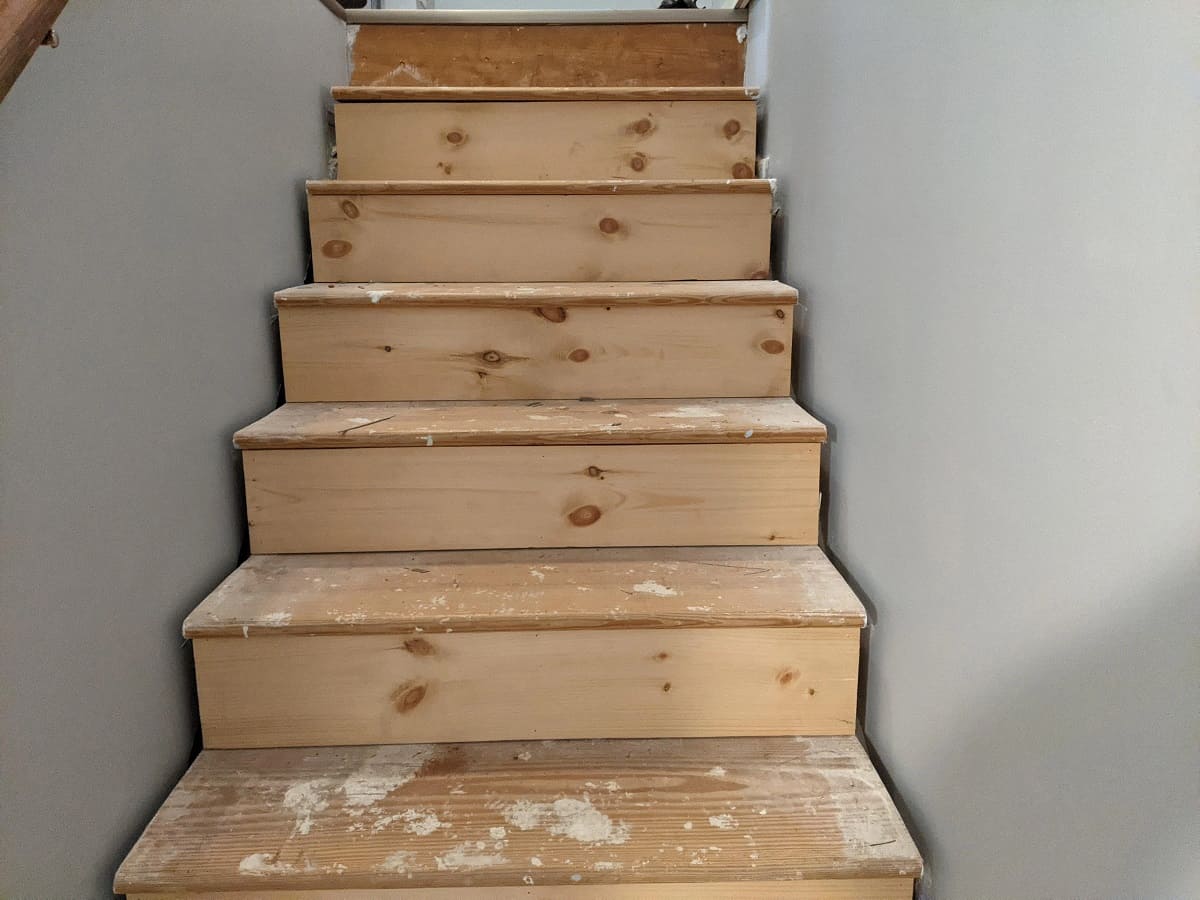

Articles
How To Fix Stairs Separating From Wall
Modified: December 7, 2023
Learn how to fix stairs separating from the wall with our informative articles. Find step-by-step guides and expert tips to ensure a sturdy and safe staircase.
(Many of the links in this article redirect to a specific reviewed product. Your purchase of these products through affiliate links helps to generate commission for Storables.com, at no extra cost. Learn more)
Introduction
Having stairs that are separating from the wall can be a cause for concern for homeowners. Not only is it a safety hazard, but it can also be an eyesore in your home. Whether the stairs are pulling away from the wall or there are visible gaps between the stairs and the wall, it is essential to address the issue promptly.
In this article, we will guide you through the steps to fix stairs that are separating from the wall. By following these steps, you can ensure the stability and safety of your staircase, as well as restore its aesthetic appeal.
Before starting any repair work, it is crucial to assess the extent of the damage and identify the cause. By doing so, you can determine the appropriate course of action and prevent the problem from recurring in the future.
Key Takeaways:
- Ensure safety and stability by assessing, identifying, and addressing the cause of stairs separating from the wall. Follow step-by-step repairs, reinforcing the staircase, and testing for a secure and functional staircase.
- Thoroughly fix stairs separating from the wall by removing loose treads, fixing wall attachments, reinforcing the staircase, and testing for stability. Prioritize safety and consult professionals for complex repairs.
Read more: How To Fix A Brick Wall That Is Separating
Step 1: Assess the Damage
The first step in fixing stairs that are separating from the wall is to thoroughly assess the extent of the damage. Carefully inspect the area where the separation is occurring and take note of any visible signs of damage, such as cracks, gaps, or loose screws.
Additionally, check the stability of the stairs by walking up and down to see if they feel unstable or wobble. This will help you determine the urgency and severity of the problem.
It is also essential to check the surrounding walls and the adjacent stairs for any signs of damage or movement. Sometimes, the separation in one area can be a symptom of a larger structural issue. By conducting a thorough assessment, you can identify any underlying problems that may need to be addressed.
If you are unsure about the severity of the damage or if you notice any significant structural issues, it is recommended to consult a professional contractor or a structural engineer. They will be able to assess the situation accurately and provide expert advice on the necessary repairs.
Once you have assessed the damage, you can proceed to the next step, which involves identifying the cause of the separation.
Step 2: Identify the Cause
Identifying the cause of the stairs separating from the wall is vital in determining the appropriate solution and preventing future issues. There can be several reasons why the stairs are pulling away from the wall:
- Foundation Issues: If your home’s foundation is compromised or settling unevenly, it can affect the stability of the entire structure, including the staircase. Look for signs of foundation problems, such as cracks in the walls or uneven floors.
- Moisture Damage: Excess moisture can weaken the structural integrity of the stairs and the wall, leading to separation. Check for any water leaks, condensation, or signs of water damage near the affected area.
- Improper Installation: Poor workmanship during the installation of the stairs can result in gaps and separation over time. Inspect the construction of the staircase, paying attention to the attachment points between the stairs and the wall.
- Structural Shifts: Over time, buildings can experience slight shifts and movements due to natural settling or external factors like earthquakes. These shifts can cause the stairs to separate from the wall. Check if there are any noticeable shifts or movements in the surrounding structure.
By identifying the cause, you can address the root of the problem and implement the appropriate repairs. However, if you are uncertain about the cause or need assistance, it is always recommended to consult a professional contractor or structural engineer.
Once you have determined the cause, you can move on to the next step, which involves removing the loose stair tread.
Step 3: Remove the Loose Stair Tread
Now that you have assessed the damage and identified the cause, it is time to remove the loose stair tread. This step is crucial to create a stable foundation for the repair work.
To remove the loose stair tread, follow these steps:
- Preparation: Gather the necessary tools such as a pry bar, a hammer, and safety goggles. Make sure you have a clear working space around the stairs.
- Secure the Staircase: Before removing the stair tread, ensure that the staircase is properly supported and secure. You can use temporary supports or have someone assist you in holding the staircase steady.
- Remove Nails or Screws: Use the pry bar and hammer to carefully remove any nails or screws that are securing the loose stair tread to the wall.
- Detach the Stair Tread: Once the fasteners are removed, gently pry the loose stair tread away from the wall. Take your time and be cautious to avoid causing further damage.
- Inspect the Stair Tread: While removing the stair tread, take the opportunity to inspect it for any signs of damage or wear. If necessary, you can replace the tread altogether.
By removing the loose stair tread, you create a solid foundation for the repair process. This step allows you to access the wall attachment and address any underlying issues more effectively.
Once you have removed the loose stair tread, you are ready to move on to the next step, which involves fixing the wall attachment.
Step 4: Fix the Wall Attachment
With the loose stair tread removed, it’s time to focus on fixing the wall attachment. This step is crucial to ensure a secure and stable connection between the stairs and the wall.
To fix the wall attachment, follow these steps:
- Clean and Prepare the Surface: Use a brush or a damp cloth to clean the area where the stair tread was attached. Remove any debris or old adhesive, ensuring a clean surface for the repair.
- Reinforce with Adhesive: Apply a high-quality construction adhesive to the wall surface where the stair tread will be reattached. Be sure to follow the manufacturer’s instructions for proper application and curing time.
- Align the Stair Tread: Carefully line up the removed stair tread with the wall attachment area. Ensure that it is level and flush against the wall, creating an even and secure connection.
- Secure with Screws or Nails: Once the stair tread is properly aligned, use screws or nails designed for this purpose to secure it to the wall. Place the fasteners evenly along the attachment points, providing sufficient support and stability.
- Check for Proper Alignment: Double-check the alignment of the stair tread to ensure it is securely attached and level. Make any necessary adjustments before proceeding.
By fixing the wall attachment, you are reinforcing the connection between the stairs and the wall. This step is crucial in preventing future separation and ensuring the overall stability of the staircase.
Once the wall attachment is secure, you can move on to the next step, which involves reattaching the stair tread.
Inspect the stairs for any structural damage. Use a stud finder to locate the wall studs and secure the stairs to the wall using screws or brackets. Consider consulting a professional if the separation is severe.
Read more: How To Separate Mulch From Grass
Step 5: Reattach the Stair Tread
Now that the wall attachment is fixed, it’s time to reattach the stair tread. This step involves securely fastening the tread back onto the staircase, ensuring a stable and safe walking surface.
To reattach the stair tread, follow these steps:
- Apply Adhesive: Apply a layer of construction adhesive to the exposed surface of the staircase where the stair tread will be placed. This adhesive will provide additional bonding strength.
- Align the Stair Tread: Carefully align the removed stair tread with the staircase, ensuring it is positioned correctly and flush against the neighboring treads. Take your time to achieve an even and seamless look.
- Secure with Screws or Nails: Once the stair tread is properly aligned, use the appropriate screws or nails to secure it to the staircase. Place the fasteners evenly along the edges of the tread to provide a secure and stable attachment.
- Double-check the Alignment: Verify that the reattached stair tread is level and even with the adjacent treads. Make any necessary adjustments to ensure a uniform appearance and safe walking surface.
By reattaching the stair tread, you are restoring the functionality and aesthetic appeal of your staircase. The secure attachment will help prevent future separation and ensure a safe and stable staircase for years to come.
Once the stair tread is securely reattached, you can move on to the next step, which involves reinforcing the staircase for added stability.
Step 6: Reinforce the Staircase
After reattaching the stair tread, it’s essential to reinforce the entire staircase to ensure long-term stability. Reinforcing the staircase will help distribute weight evenly and prevent future separation or damage.
To reinforce the staircase, follow these steps:
- Add Support Brackets: Install support brackets along the underside of the staircase. These brackets will provide additional support and help distribute weight more evenly.
- Tighten Loose Screws: Check for any loose screws or bolts throughout the staircase. Tighten them as needed to enhance stability.
- Inspect and Repair Damaged Components: Examine the staircase components, such as balusters, handrails, and newel posts, for any signs of damage or instability. Repair or replace any weakened or damaged elements to reinforce the overall structure.
- Consider Installing Blocking: To further reinforce the staircase, you can install blocking between the treads and risers. This will provide additional structural support and minimize the risk of separation.
- Consult a Professional: If you are uncertain about the best methods to reinforce your particular staircase, it is advisable to consult a professional contractor or a structural engineer. They can provide expert advice and ensure that the reinforcement is done correctly.
By reinforcing the staircase, you are taking proactive measures to prevent future issues and ensure the long-term stability and safety of your stairs.
Once the staircase is appropriately reinforced, you can proceed to the final step, which involves testing and securing the stairs.
Step 7: Test and Secure
The final step in fixing stairs that are separating from the wall is to test and secure the stairs to ensure their stability and safety. This step involves thoroughly checking the staircase and making any necessary adjustments.
To test and secure the stairs, follow these steps:
- Test for Stability: Carefully walk up and down the stairs, paying attention to any signs of movement or instability. Test each step to ensure that it feels secure and does not wobble or shift.
- Check the Wall Attachment: Inspect the wall attachment points to ensure that they are securely fastened and show no signs of separation. Confirm that the stair tread is firmly attached to the wall and does not move when pressure is applied.
- Reinforce if Necessary: If you notice any remaining instability or signs of separation, revisit the previous steps to reinforce the staircase further. This may involve adding additional support brackets, tightening screws, or addressing any other issues that may have been missed.
- Finishing Touches: Once you are satisfied with the stability of the stairs, apply any necessary finishing touches such as painting or staining to match the surrounding aesthetic.
- Maintain Regular Maintenance: To ensure the long-term integrity of your stairs, it is essential to perform regular maintenance. This includes checking for loose screws or fasteners, addressing any signs of wear or damage promptly, and keeping the stairs clean and free from debris.
By thoroughly testing and securing the stairs, you can have peace of mind knowing that your staircase is stable and safe for use.
Finally, always prioritize safety when working on stairs. If you are unsure about any aspect of the repair process or encounter unexpected issues, it is best to consult a professional for assistance.
With these steps completed, you have successfully fixed stairs that were separating from the wall. By addressing the issue promptly and following the necessary repairs, you can enjoy a secure and functional staircase in your home.
Remember, if you ever have concerns about the stability or safety of your stairs, it is always advisable to consult a professional for a thorough inspection and expert guidance.
Conclusion
Dealing with stairs that are separating from the wall can be a worrisome issue for homeowners. However, by following the steps outlined in this guide, you can effectively fix the problem and restore the stability and safety of your staircase.
Starting with a thorough assessment of the damage and identifying the cause, you can understand the underlying issues that led to the separation. Removing the loose stair tread and addressing the wall attachment ensures a solid foundation for the repair process.
Reattaching the stair tread securely and reinforcing the entire staircase are crucial steps in preventing future separation and maintaining the stability of the stairs. By testing and securing the stairs, you can ensure their safety and create a reliable walking surface within your home.
Remember to prioritize safety throughout the repair process and consult a professional if you have any concerns or encounter unexpected issues. They can provide expert guidance and ensure the repairs are done correctly.
By taking proactive steps to fix stairs that are separating from the wall, you not only enhance the structural integrity of your staircase but also improve the overall aesthetic appeal of your home. Enjoy the peace of mind that comes with a secure and stable set of stairs, knowing that you have addressed the issue effectively.
Regular maintenance and inspections are key to keeping your stairs in optimal condition. By staying proactive and addressing any signs of wear or damage promptly, you can extend the lifespan of your staircase and ensure the safety of everyone in your home.
Remember, if you are uncertain about your ability to perform the repairs or encounter significant structural issues, it is always best to seek professional assistance. They have the expertise and knowledge to handle complex stair repairs and ensure your staircase’s long-term stability.
With the information and steps provided in this guide, you are well-equipped to fix stairs that are separating from the wall and create a secure and functional staircase in your home.
Frequently Asked Questions about How To Fix Stairs Separating From Wall
Was this page helpful?
At Storables.com, we guarantee accurate and reliable information. Our content, validated by Expert Board Contributors, is crafted following stringent Editorial Policies. We're committed to providing you with well-researched, expert-backed insights for all your informational needs.

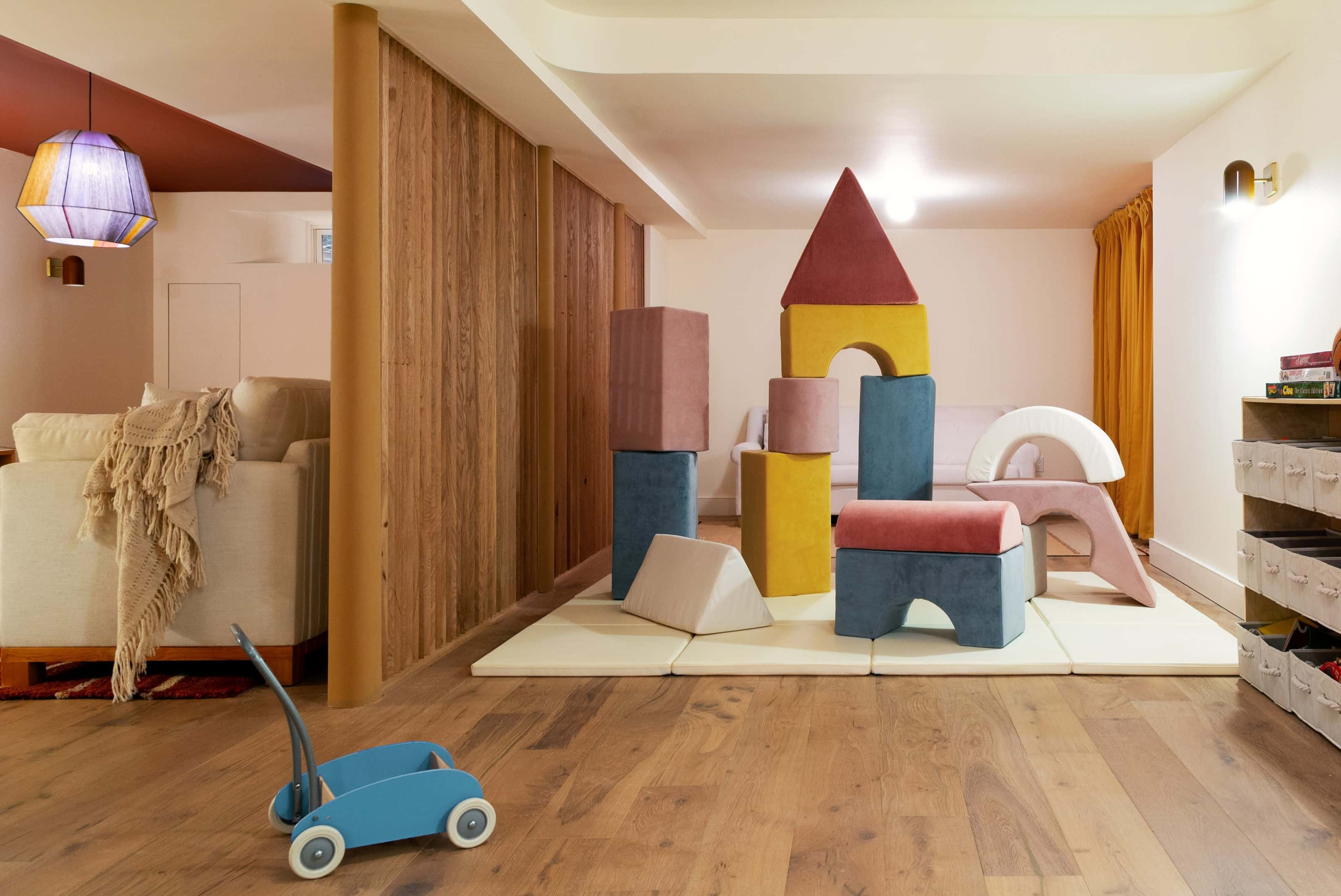

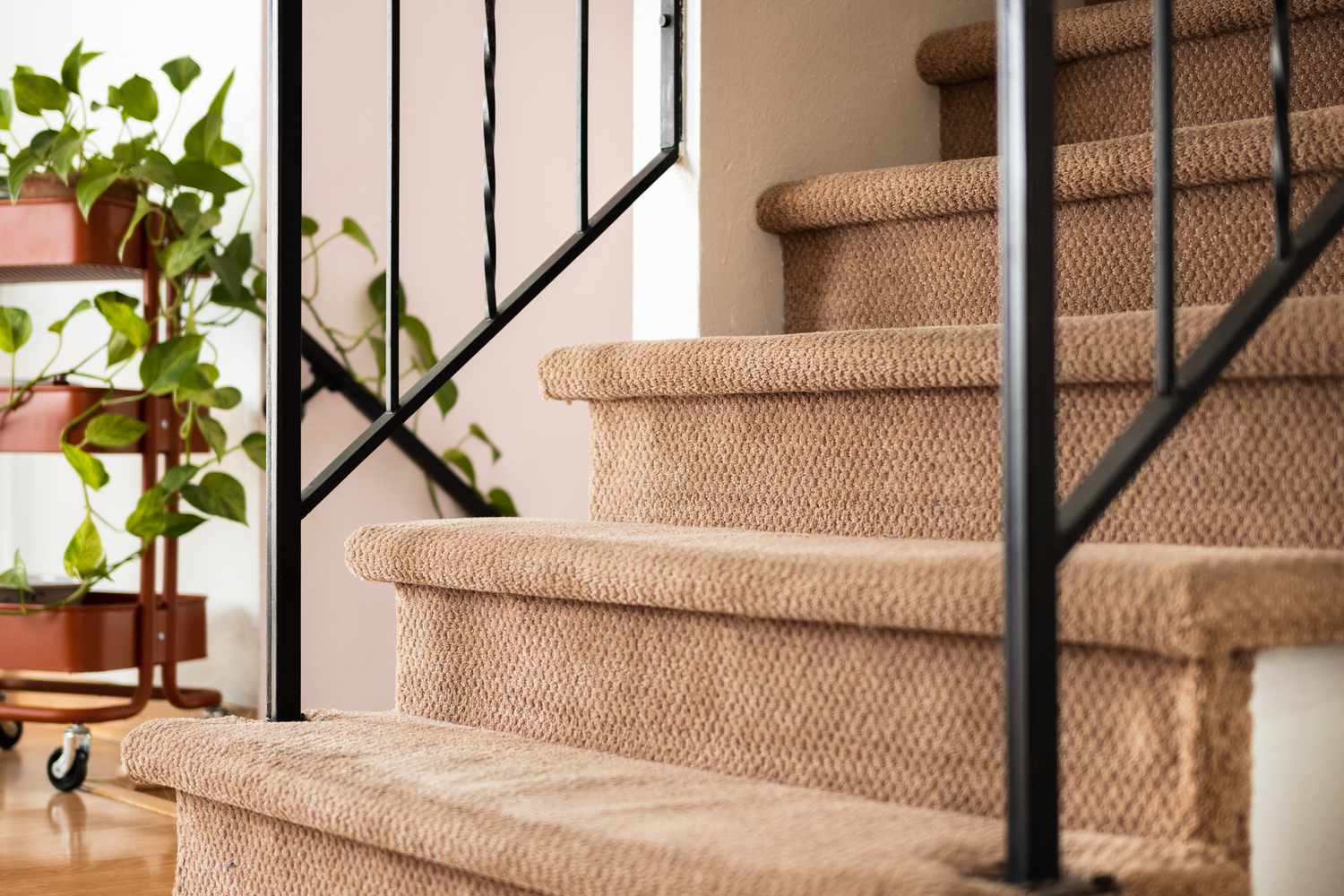
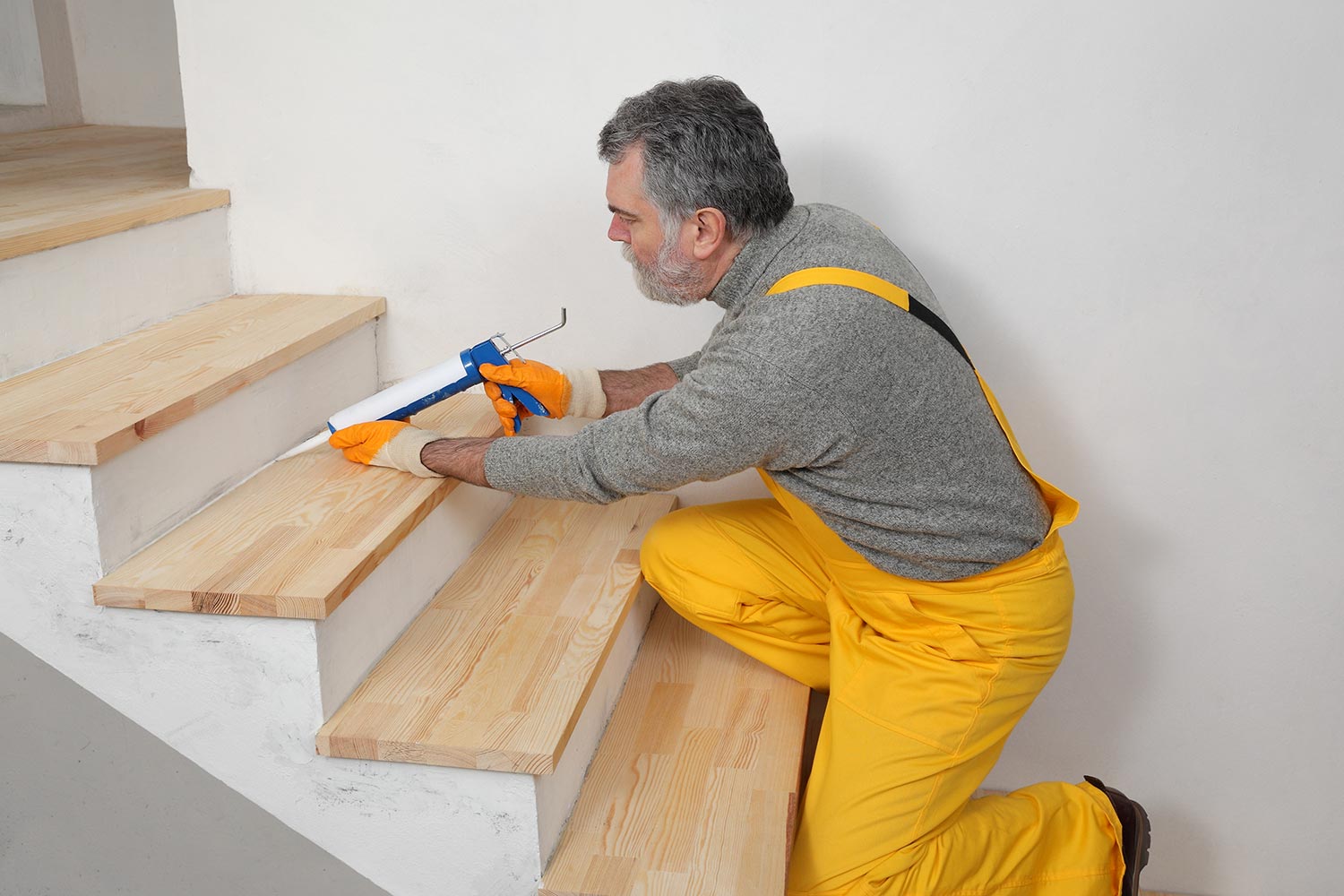
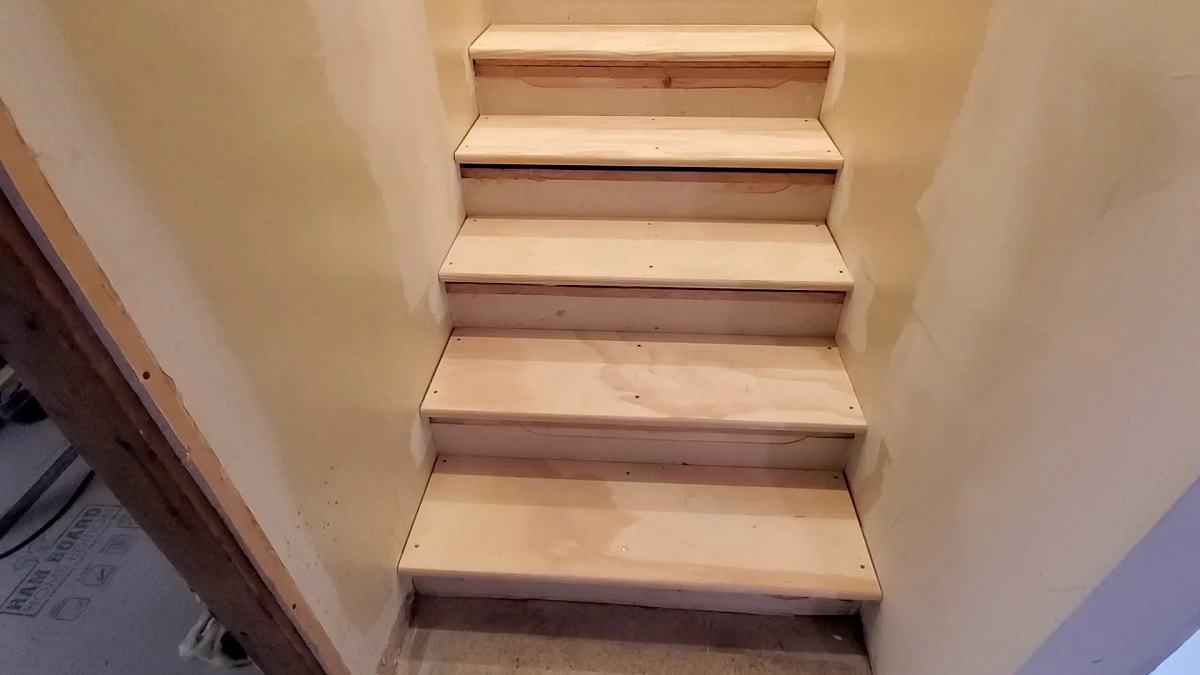
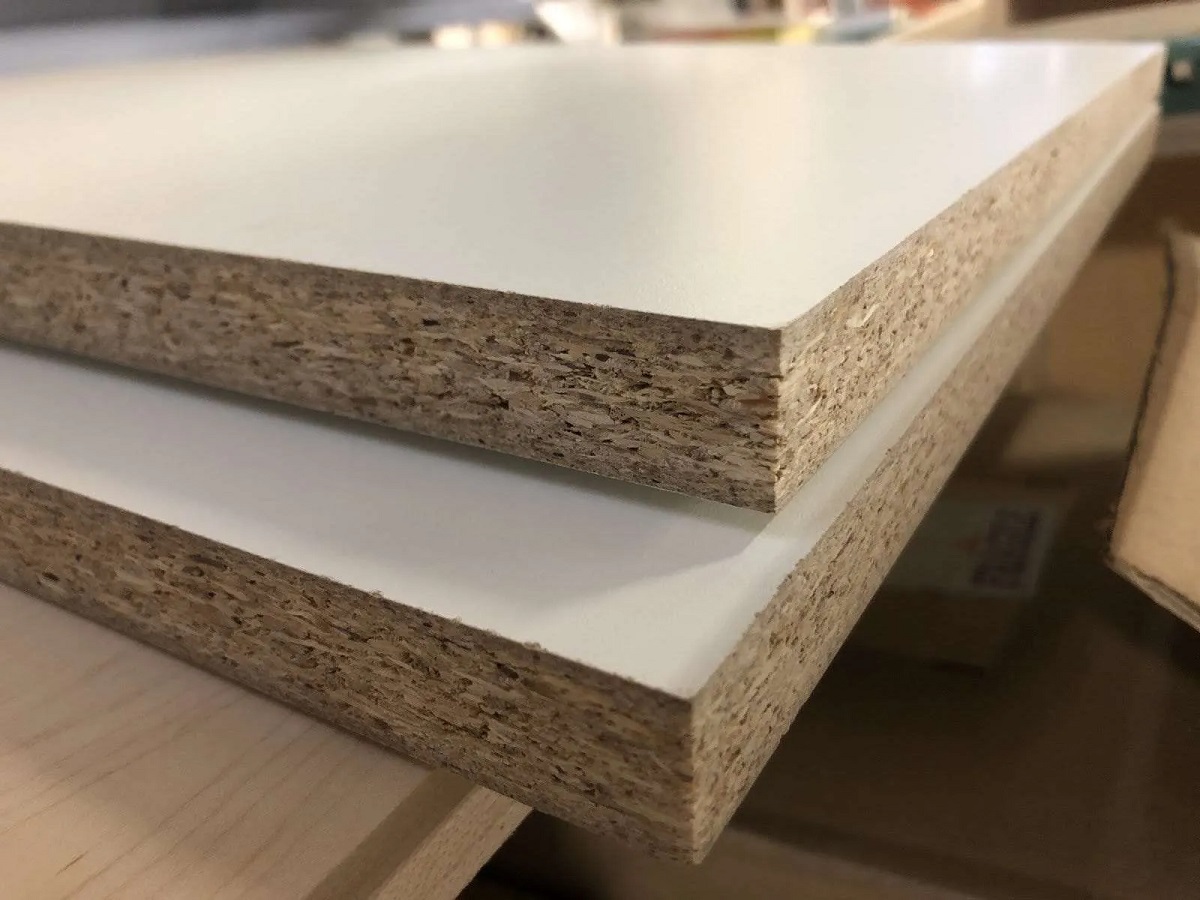
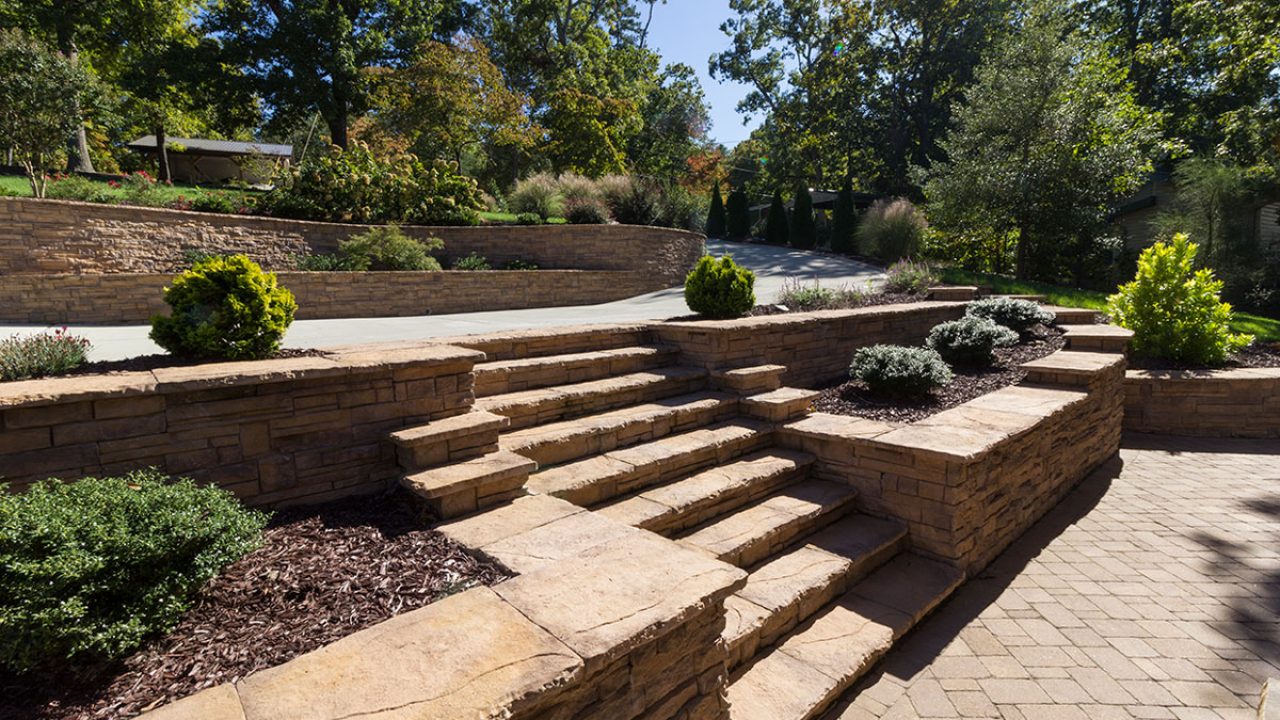
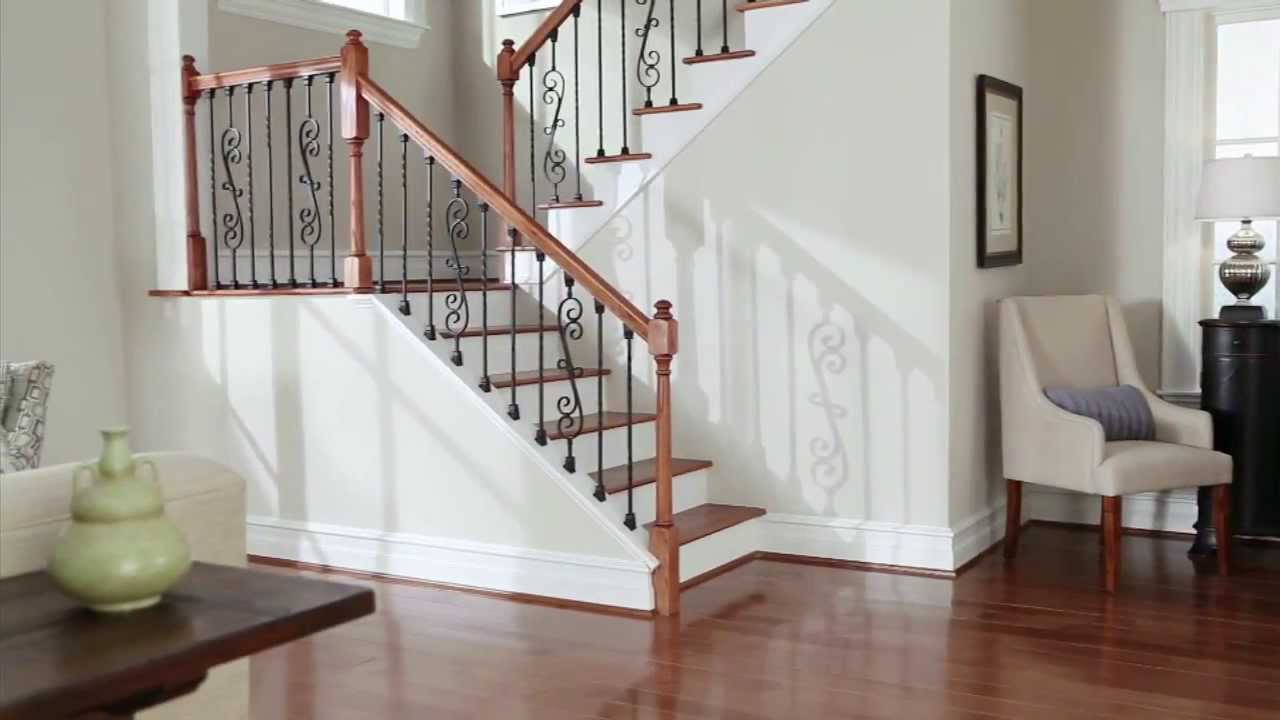
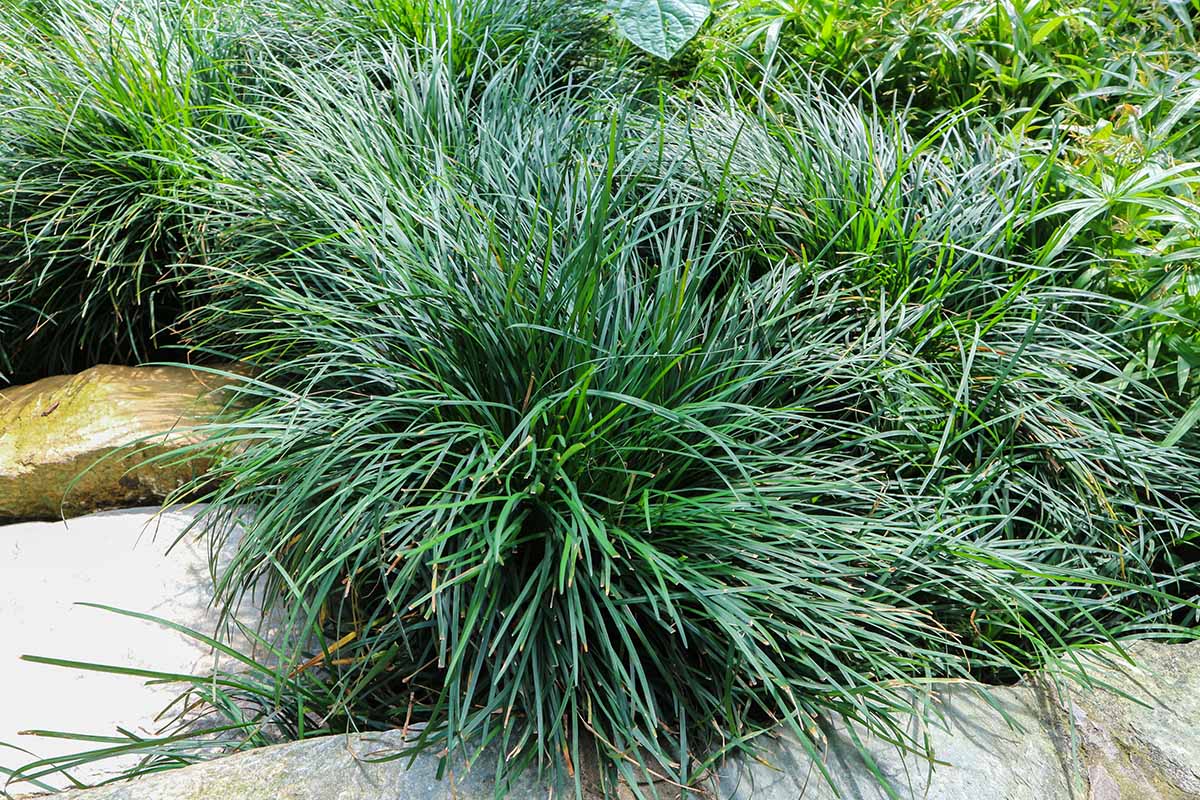
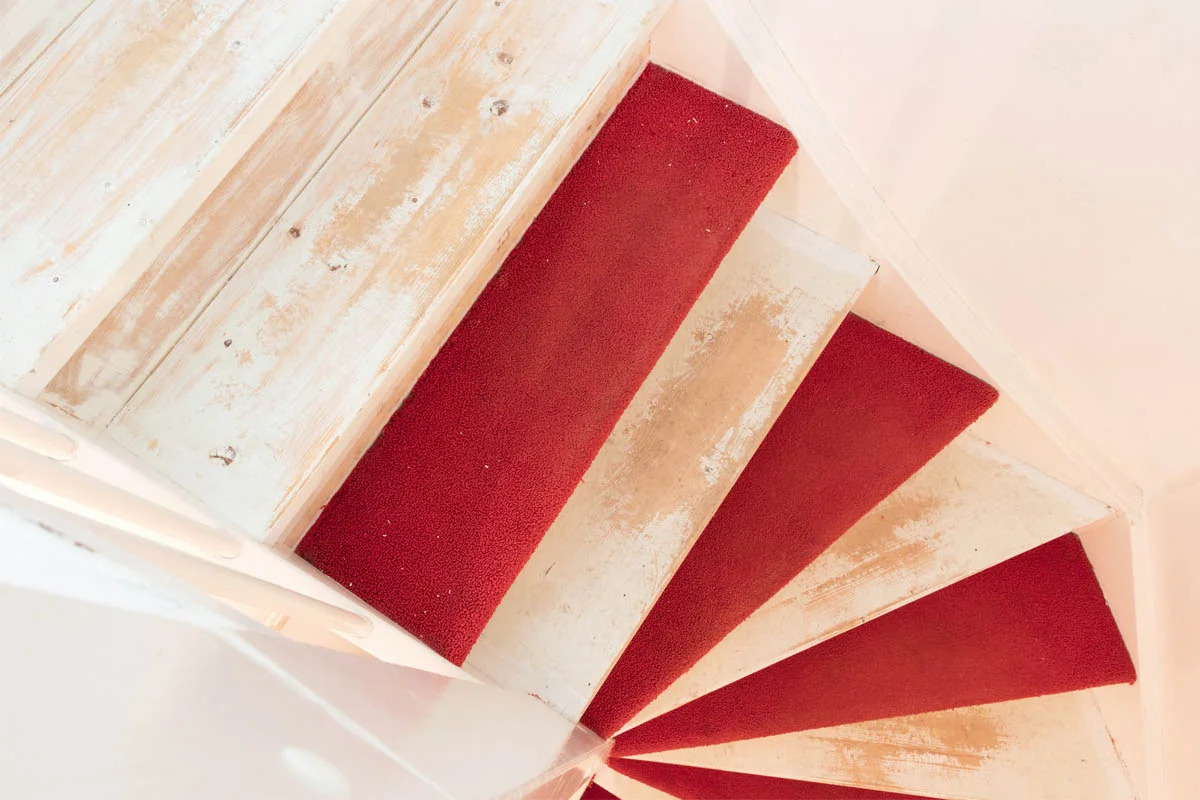
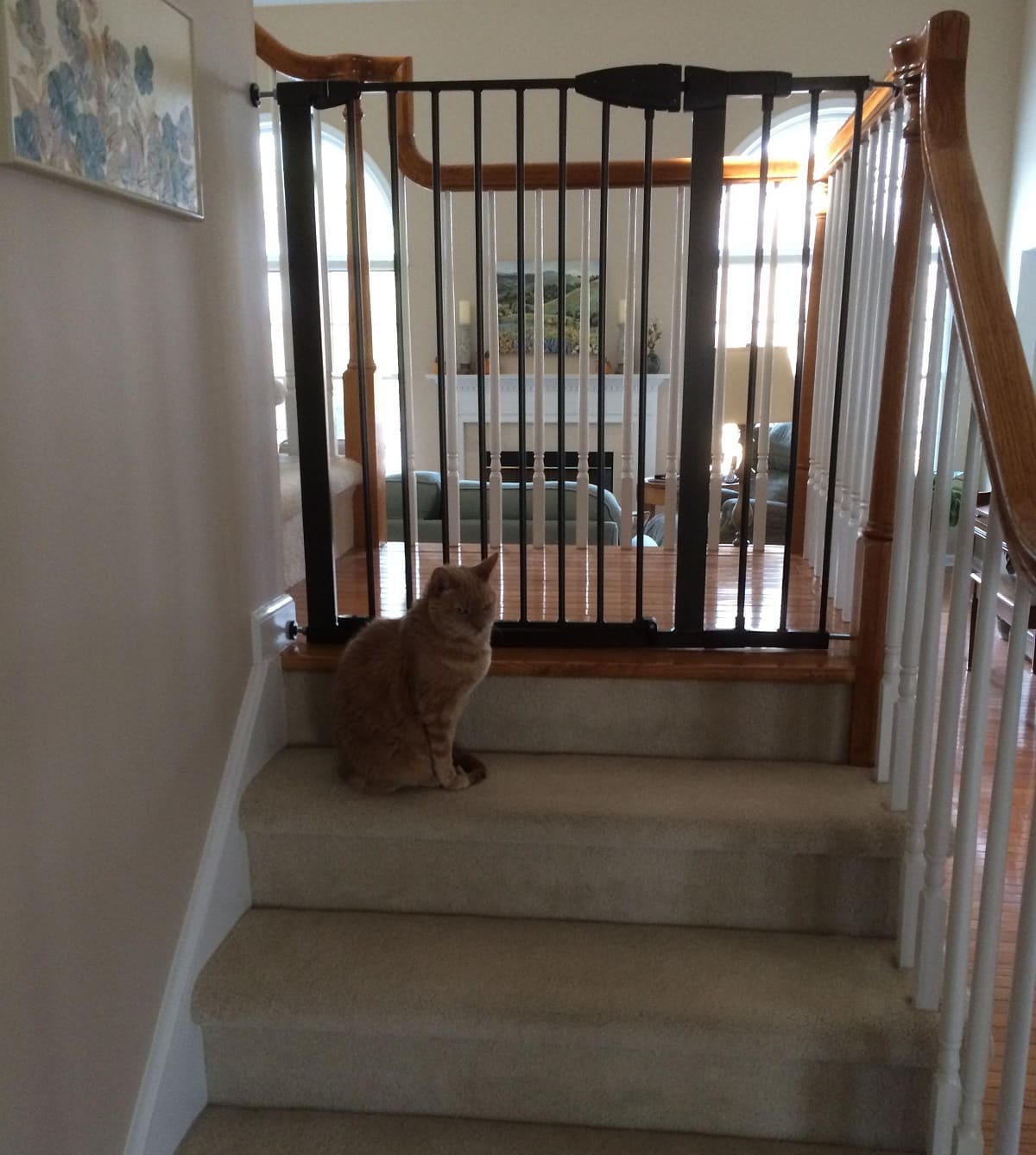
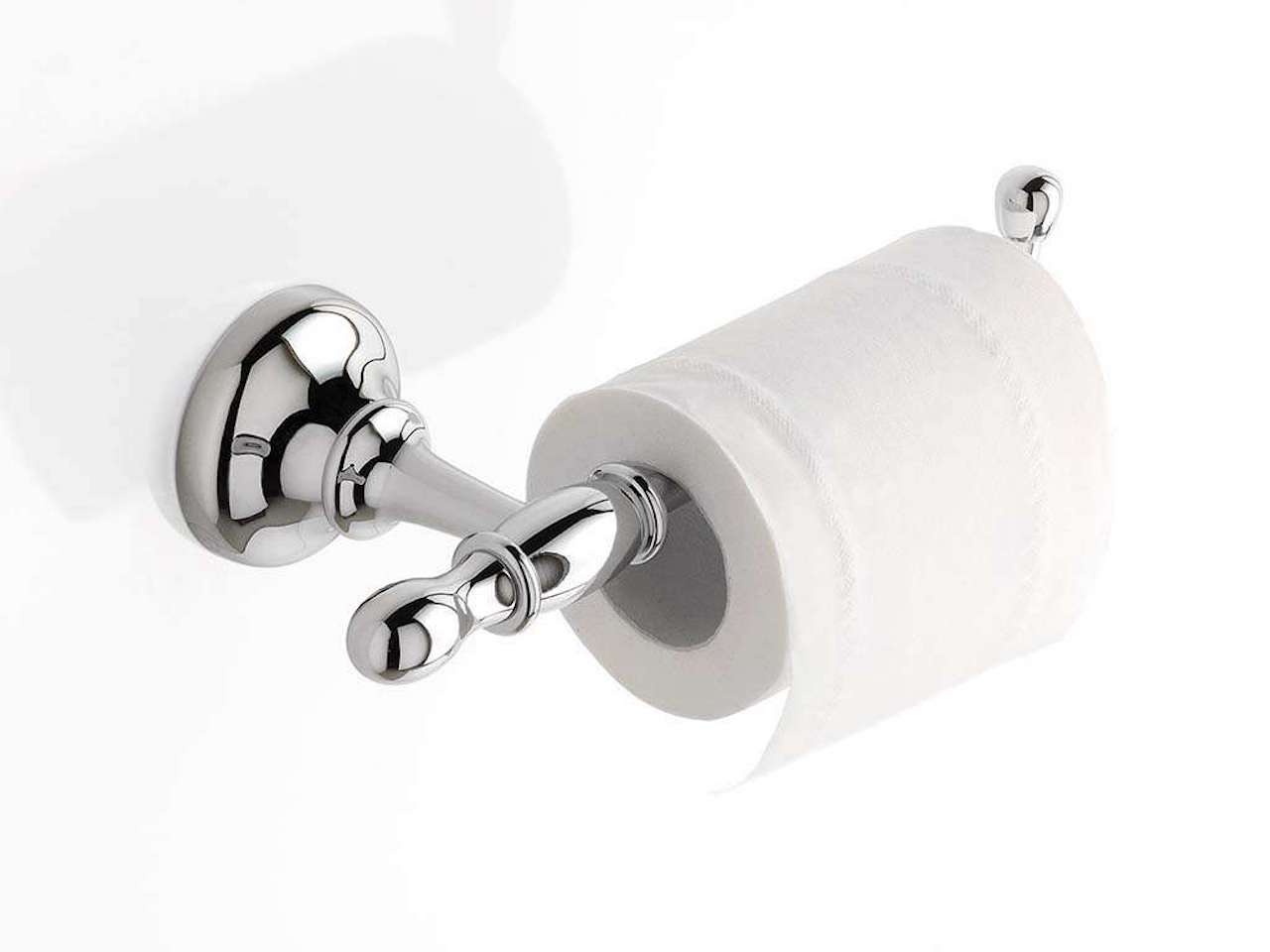
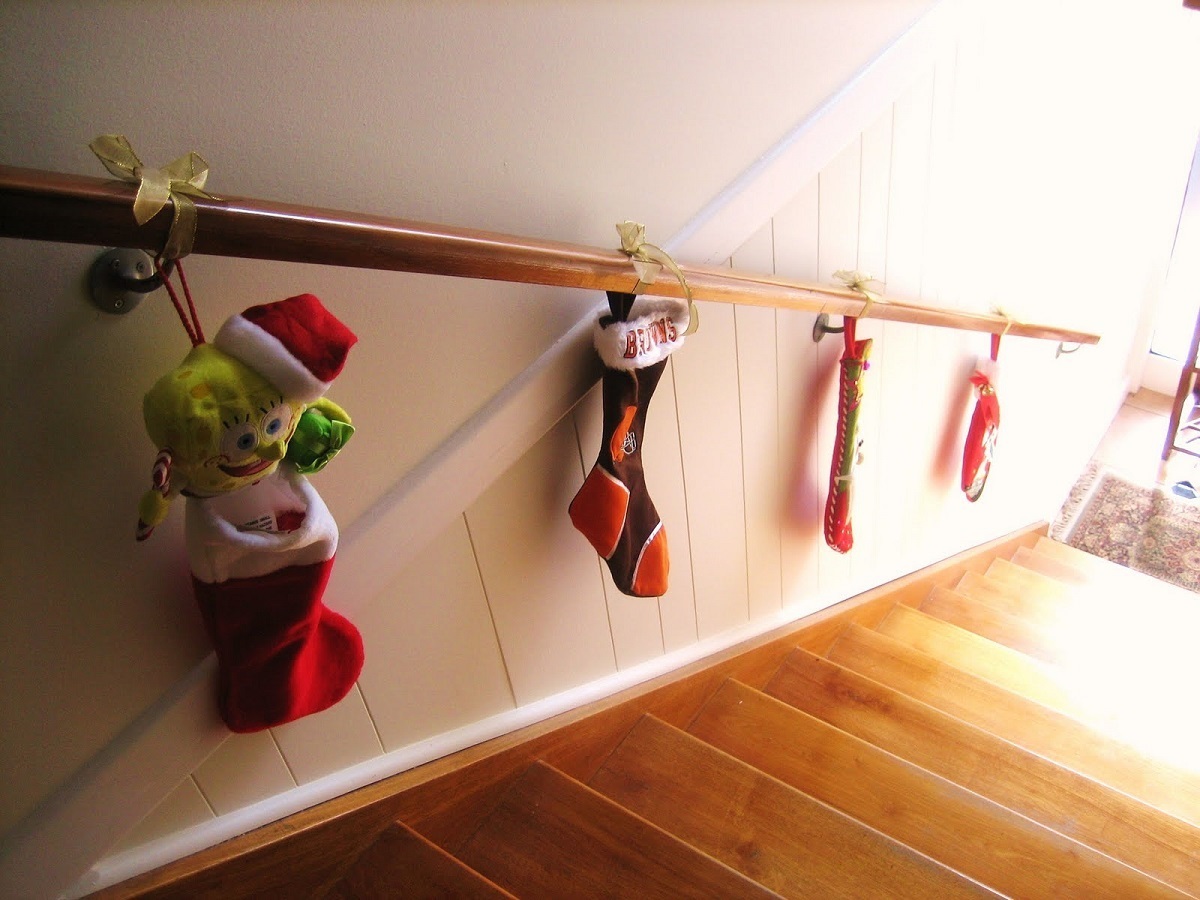

0 thoughts on “How To Fix Stairs Separating From Wall”